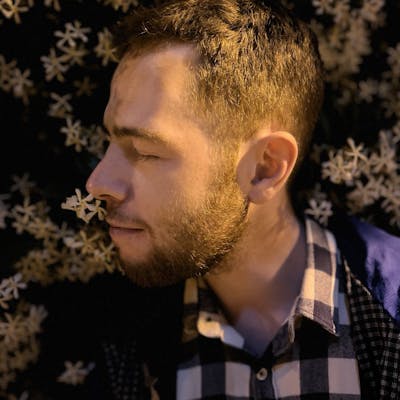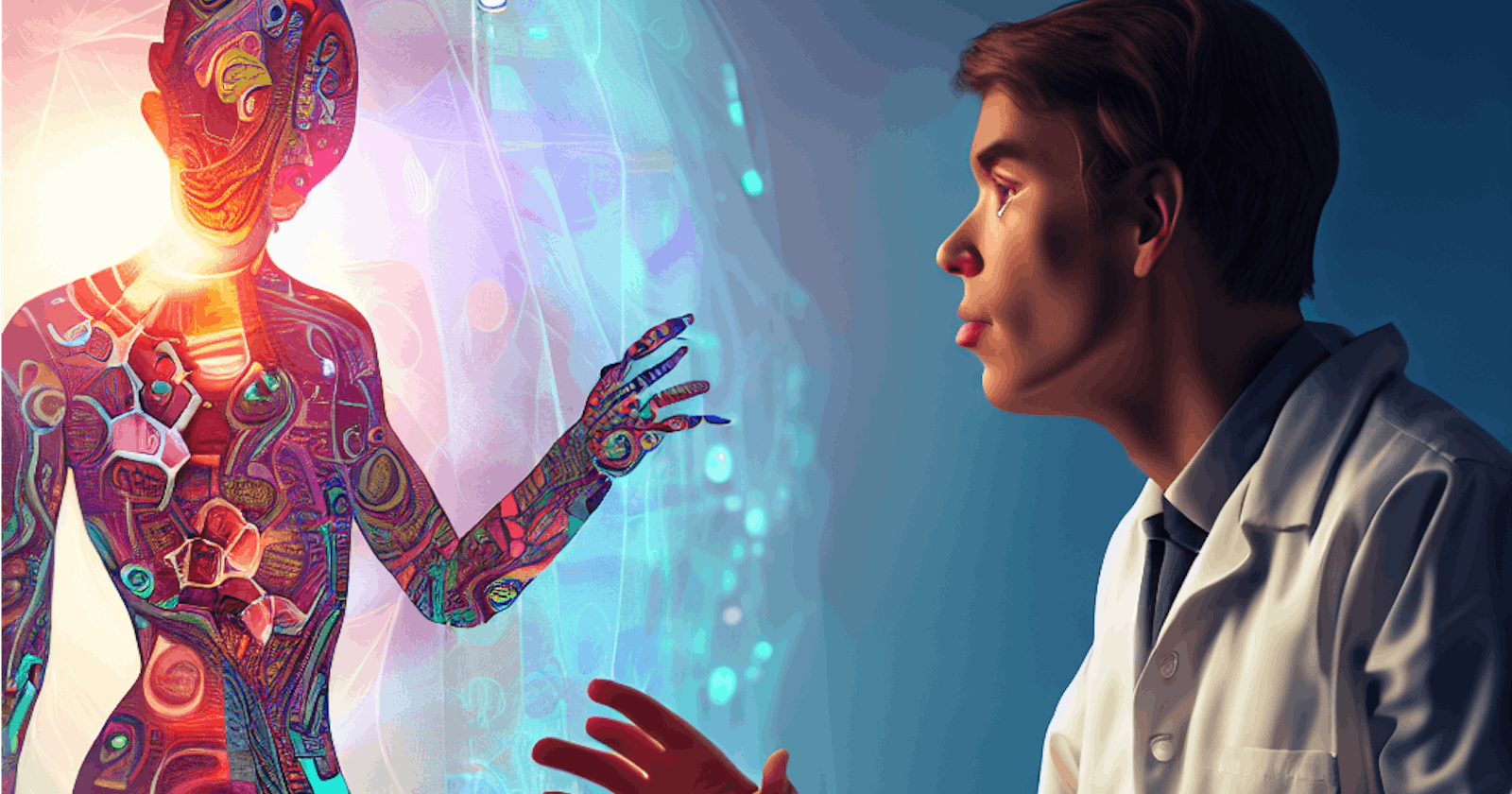DMT MoA
An awesome take by Andrew Gallimore on DMT's MoA. I'd reckon it generalizes on a wider range of psychedelics, e.g. 5-MeO-DMT and psilocin/other tryptamines at least.
Takeaways:
Our brain is an error-reducing Bayesian predictive machine. Yeah.
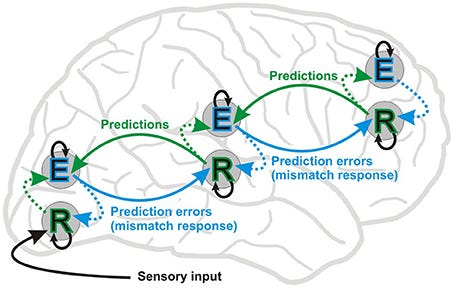
Brain connectivity
Structural: actual physical “wiring” of the brain, the synaptic connections between neurons;
Effective: the way activity in one cortical area causes an effect on the activity in another area. Depends on structural connectivity, at least in part;
Functional: connections in time*. When, for example, the brain is encoding an object in the visual field, neurons in the areas that represent the features of that object are simultaneously active: those areas are functionally connected.*
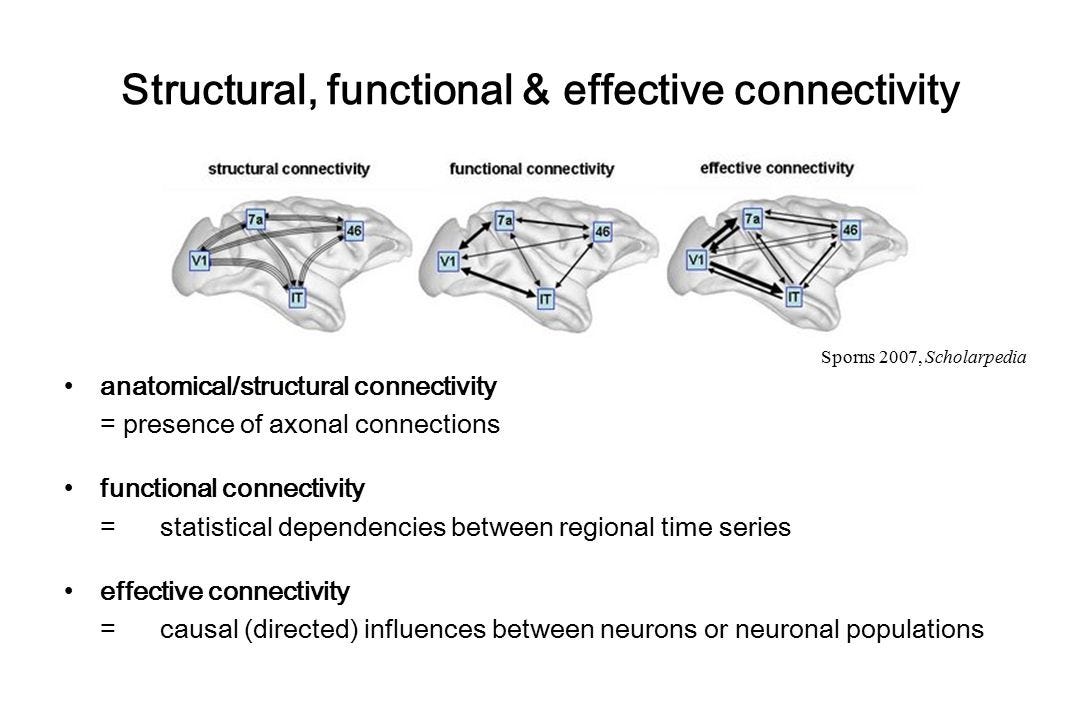
High-order networks
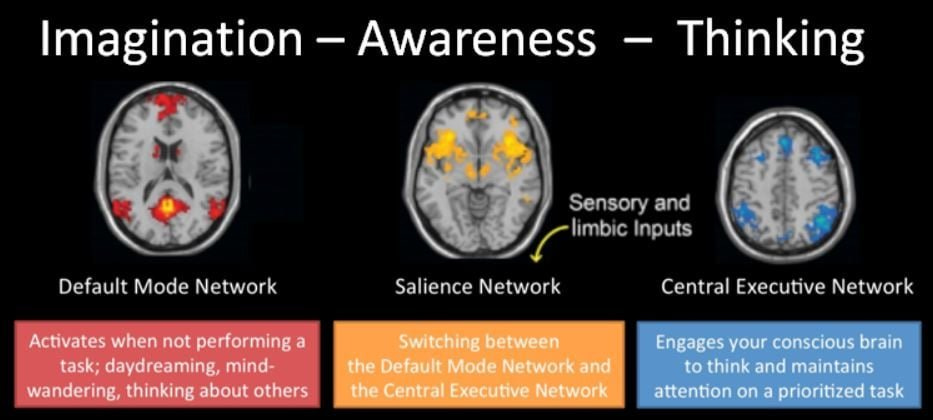
CEN: activated during attention-demanding goal-directed tasks, such as solving a mathematical problem or writing a letter, and is important in holding and manipulating information in working memory.
DMN: activated during daydreaming, when thinking about the future or reminiscing about the past, or just letting the mind wander, and is often considered the resting state of the brain (hence default mode network).
SAN: helps the brain switch between the CEN and DMN according to demand.
⬇️ CEN ⇢ ⬆️ DMN, and vice versa.
Enter DMT
⬇️ within-network functional connectivity (FC), also referred to as “network integrity”. In other words, high-order networks, such as the DMN, are disrupted and become more disorderly.
⬆️ between-network FC or decreased “segregation”. Networks that are usually well segregated from each other show more functional connectivity between each other.
A globally hyperconnected brain state. On average, each cortical area shows greater functional connectivity to other areas — more cortical areas are “speaking to each other”*.*
A great and self-explanatory qEEG image on hyperconnected states:

Also, it looks like theta oscillations' power is somewhat correlated with mystical experiences.
Pharmacogenetics
Another take by Mr. Phelps.

Looks great on pixels, doesn't it? Let's dive.
At 24 weeks, as JP (James Phelps) had rightfully mentioned, there was almost no absolute difference:

And while, yeah, a $2000-high testing is awesome, doing it by yourself and looking at genes like ABCB1 (Multiple Drug Resistance, or P-glycoprotein/BBB gene) or P450 can bring more merit and be basically cheaper.
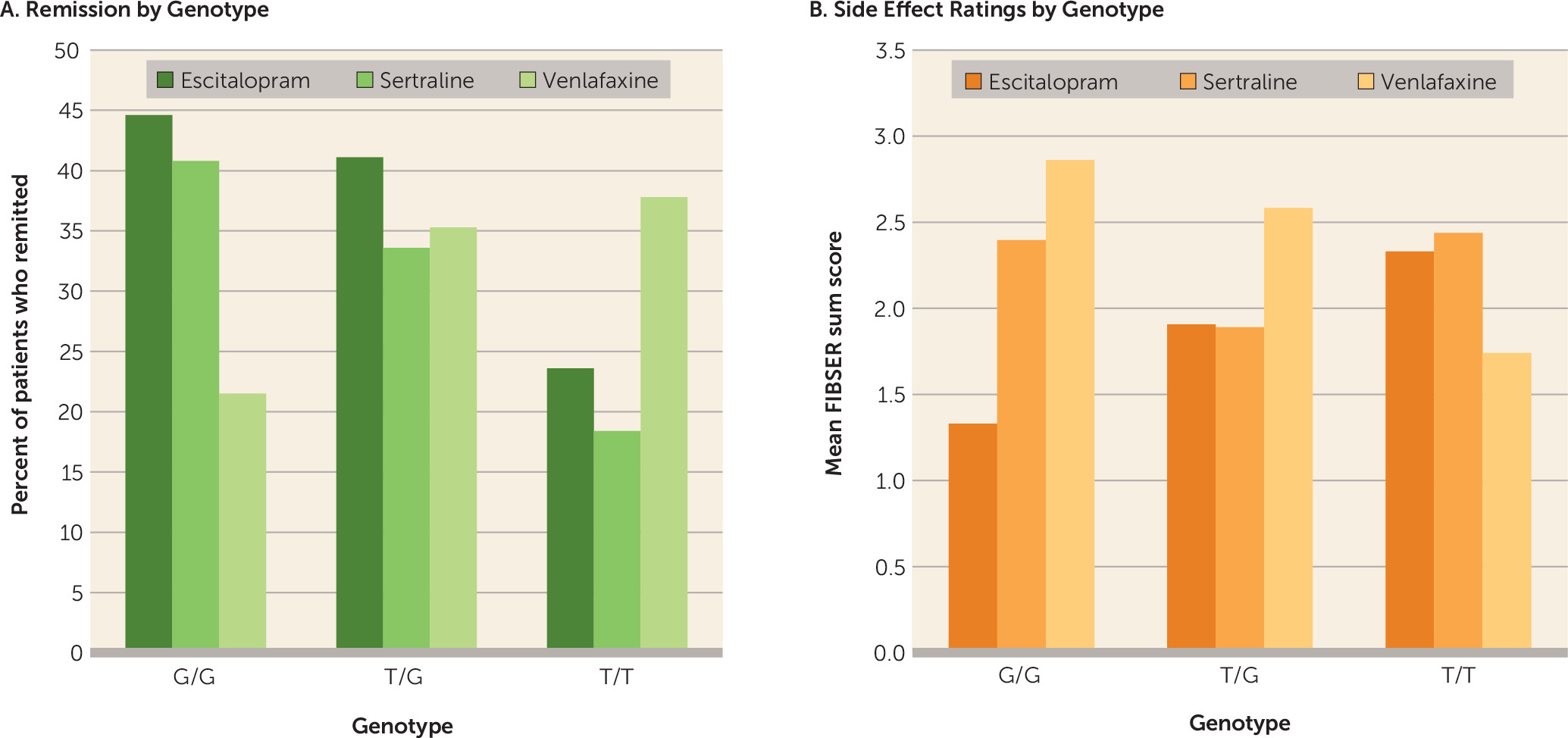
As one can see, ABCB1 can influence therapy a LOT
Basic logic with P450: if your antidepressant is metabolized by, say, CYP2C19 (let's take clomipramine) ⇒ you've got a super-active form of it ⇒ you'll have relatively higher levels of desmethylclomipramine (metabolite), which is more of an NRI compared to clomipramine.
Another point: some genes, like CYP2C19, can also influence antidepressant response and effifacy (spoiler: you want a faster form to benefit from some SSRIs like escitalopram)
As prudent now, augmenting my BS engine with chirping generative birds:
| Gene | Function | Effect on antidepressant response | SNP |
| ABCB1 | Transports antidepressants across the blood-brain barrier | Variants that ⬇️ transporter activity may ⬆️ brain exposure to antidepressants and ⬆️ response | rs1045642 |
| FKBP5 | Modulates glucocorticoid receptor function and stress response | Variants that ⬆️ FKBP5 expression may ⬇️ glucocorticoid receptor function and ⬇️ response | rs1360780 |
| BDNF | Involved in neuroplasticity and neuronal survival | Variants that ⬇️ BDNF expression or activity may ⬇️ neuroplasticity and ⬇️ response | rs6265 |
| CYP450 | Metabolizes antidepressants and affects their blood levels and efficacy | Variants that alter enzyme activity may affect antidepressant pharmacokinetics and pharmacodynamics | rs3892097 (CYP2D6), rs12248560 (CYP2C19) |
| TPH2 | Involved in serotonin synthesis | Variants that ⬇️ TPH2 expression or activity may ⬇️ serotonin production and ⬇️ response | rs4570625 |
| AUTS2 | Involved in human psychological functions and neurobehavioral disorders | Variants that affect AUTS2 expression or function may affect antidepressant response | rs7785360, rs12698828 |
Cannabis is fun, until it's not

There's an interesting line here: 'Approximately 1.5% of cannabis users have a heart attack.'
Being not-so-pro-cannabis, I decided to explore this filter bubble and sprinkle it with confirmation bias.
| Receptor | Location | Function | Effect of cannabis |
| CB1 | Brain, nervous system, heart, blood vessels, platelets | Psychoactive, cardiovascular, platelet aggregation | Increase heart rate, blood pressure, clotting |
| CB2 | Immune cells and tissues, heart, blood vessels | Anti-inflammatory, immune modulation, cardiovascular protection | Reduce atherosclerosis, cardiac fibrosis |
| GPR55 | Heart, blood vessels, various tissues | Blood pressure, vascular tone, cardiac contractility | Cause arrhythmias, vasospasm |
As one can see, CB1 and GPR55 are not so good for our CVS;
Looks like CBD can block CB1 receptors non-competitively and enhance endocannabinoid signaling, and THCV is a minor cannabinoid that can act as an antagonist of CB1 receptors and a partial agonist of CB2 receptors;
Takeaways
Cannabis products such as concentrates, BHO, high-dose edibles etc are not very good;
Same goes for high-THC and low-CBD products of any kind;
Not using synthetic cannabs such as JWHs (e.g. JWH-018) and -INACAs (e.g. AB-FUBINACA or ADB-FUBINACA) is useful for your health!
Welcome to Teleogenic/YAWN/Boi Diaries❣️
You can find the other blogs I try to cross-post to:
